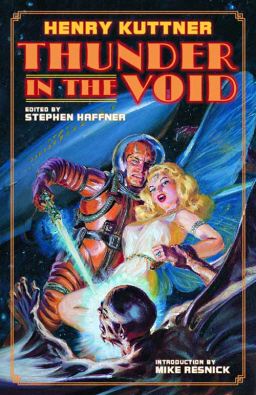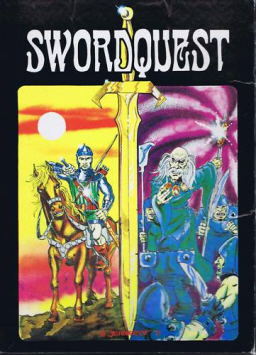Goth Chick News: 13 Questions for the Creators of Outpost 13
 As you know, we here at Goth Chick News are great fans of the indy film industry and there’s nothing we love better than getting a peak behind the clapboard. Well, there was that one intern who refused to watch any film that didn’t have a title soundtrack by Celine Dion, but oddly enough he got sent out to pick up a YooHoo for Scott Taylor on his second day and just never came back.
As you know, we here at Goth Chick News are great fans of the indy film industry and there’s nothing we love better than getting a peak behind the clapboard. Well, there was that one intern who refused to watch any film that didn’t have a title soundtrack by Celine Dion, but oddly enough he got sent out to pick up a YooHoo for Scott Taylor on his second day and just never came back.
Funny that.
So you can imagine the excitement when Wyatt Weed (Pirate Pictures), Billy Hartzel and Corey Logsdon (State of Mind Productions) agreed to give Black Gate an exclusive look at their short film Outpost 13 before it launches into what will surely be an exciting journey.
Clearly recognizing a bandwagon headed down the yellow brick road of success, it was obvious the only thing to do was jump on. But not before squeezing a little insider information out the boys on how they turned their creative imaginations into movie magic.
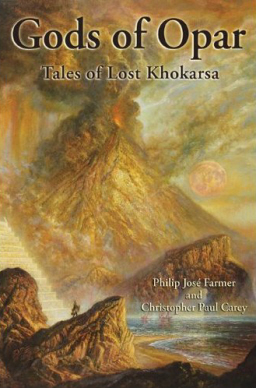
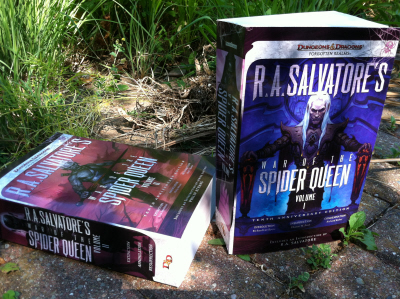
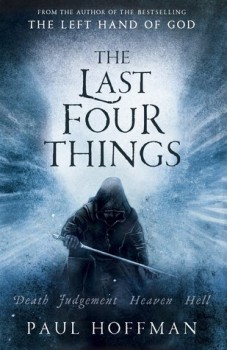 The Last Four Things
The Last Four Things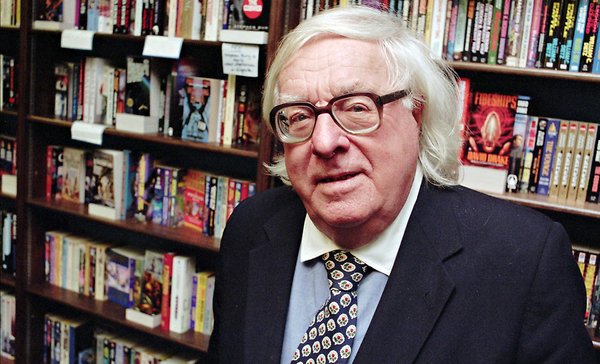
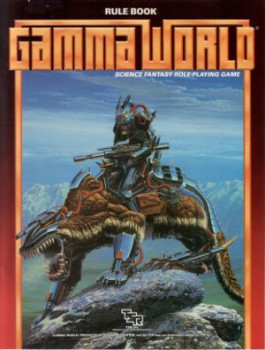
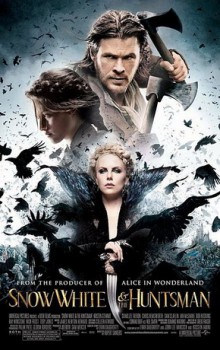 Summer movies, like boxes of Crackerjacks (does anyone still eat those? I never see them for sale any more), come packed with surprises. And, like Crackerjacks toys, often they are lame surprises. Let-downs. Occasionally — and it usually happens only once per summer — the toy you dig out of the same-old same-old caramel and peanut glop is a Hot Wheels car with flame details and killer sci-fi spoilers that somebody in the Crackerjack plant accidentally dropped into the box while leaving hastily for a smoke break.
Summer movies, like boxes of Crackerjacks (does anyone still eat those? I never see them for sale any more), come packed with surprises. And, like Crackerjacks toys, often they are lame surprises. Let-downs. Occasionally — and it usually happens only once per summer — the toy you dig out of the same-old same-old caramel and peanut glop is a Hot Wheels car with flame details and killer sci-fi spoilers that somebody in the Crackerjack plant accidentally dropped into the box while leaving hastily for a smoke break.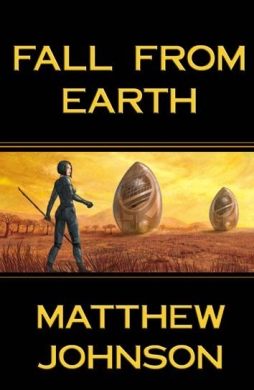 Fall From Earth
Fall From Earth